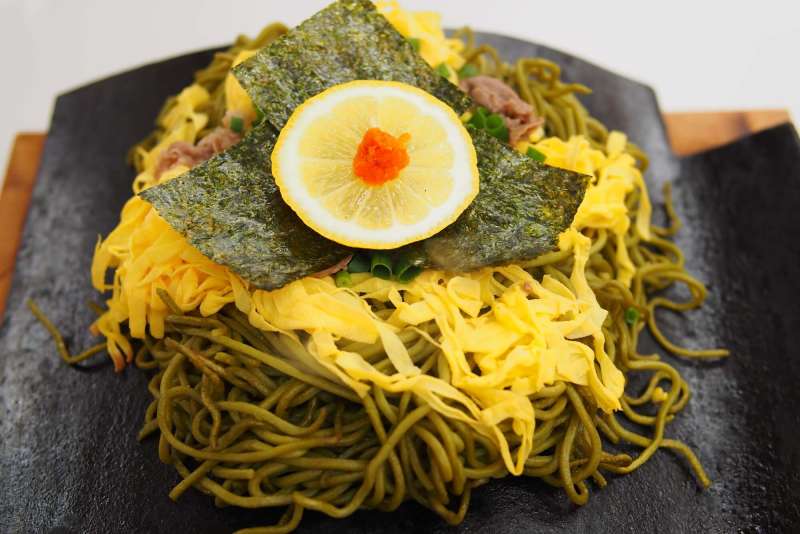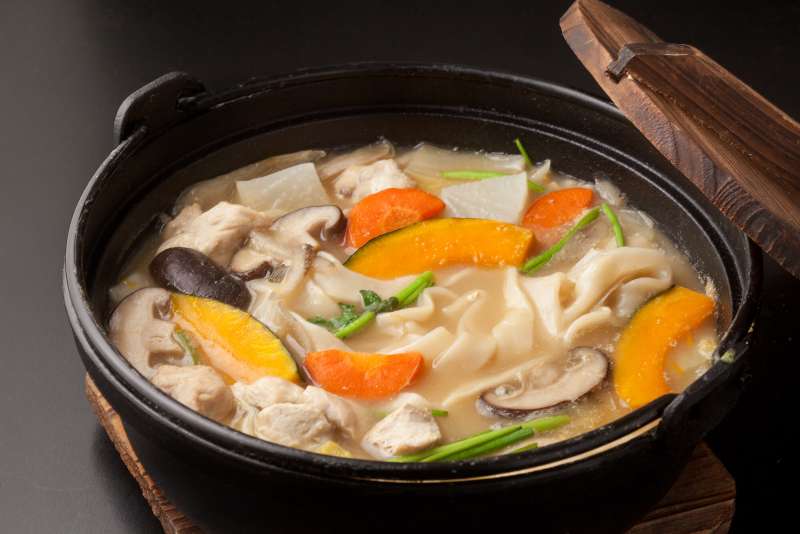Not Your Ordinary Noodles: 4 Underrated Dishes to Check Out
Slurp Your Way Across Japan
Japan is no doubt a noodle-loving nation. Ramen is inarguably one of the most popular noodle dishes in the country and there are so many different kinds of ramen joints and shops peppered in Japan.
However, you’d be remiss to limit yourself to just ramen, soba, and udon. Japan has an unexpectedly diverse range of noodles. Many regions and small towns have their own unique spin on noodles. There are many reasons to venture beyond big cities like Tokyo, Kyoto, and Osaka, and slurping your way through Japan’s noodles is definitely one of them.
Ready to take the plunge into the world of Japanese noodles? Here are four underrated dishes to try on your next trip to Japan. Not only are the noodles here delicious, but the regions are fantastic travel destinations too.
1. Kawara Soba, Yamaguchi prefecture

Located on the westernmost part of the main island, Yamaguchi prefecture is quiet and bucolic, perfect for nature-filled road trips. One of its most interesting dishes is Kawara Soba, whose origins can be traced to the siege of Kumamoto Castle in 1877. It’s made with green tea-flavoured buckwheat noodles (cha soba), stir-fried, and served on traditional curved ceramic roof tiles (kawara) alongside a dipping sauce. Topped with beef or pork, shredded omelette strips, seaweed, grated radish, lemon, and finely chopped aromatic spring onions, it’s a vibrant dish that tastes as good as it looks.
It was traditionally made using old kawara over a fire, since soldiers then didn’t have proper cooking utensils. Like a hotplate, kawara has excellent heat retention, so noodles stay hot for longer and even develop a crispy bottom. It was forgotten for many decades following that war but was revived in Kawatana Onsen, Shimonoseki City. It was a hit with visitors, and the dish quickly became Shimonoseki’s signature. While the dish is no longer cooked with real kawara for food safety reasons, it remains just as beloved by locals and visitors alike.
2. Himokawa Udon, Gunma prefecture

There are two main categories of noodle lovers: those who like them thick, and those who like them thin. Then there’s a third group: those who love them really thin. For these people, Himokawa Udon (also known as hirauchi udon) is the perfect noodle dish.
Traditionally made in Kiryu City, Gunma prefecture, Himokawa Udon is instantly recognizable by its unusual width — anywhere from 4cm up to a whopping 15cm wide. Made from wheat flour, water, and salt, the best versions are around 1mm thick and look like long pieces of silk, so thin they’re almost translucent. (Coincidentally, Kiryu was also a major silk-producing area.) Himokawa Udon is smoother and more slippery than regular udon, and has a gorgeous elasticity.
3. Wanko Soba, Iwate prefecture

Have you ever wanted to binge on noodles? You can do just that in Iwate prefecture, home to a truly delightful noodle bonanza, Wanko Soba. Despite its amusing name, “wanko” really means “bowl” in the local Iwate dialect. Most visitors try the Wanko Soba challenge, where you receive small servings of soba noodles in tiny bowls. But the moment you finish them, your bowl will get topped up with new noodles; emptied bowls will be placed on the dining table. This all-you-can-eat extravaganza won’t stop until you place the lid on your bowl, signalling that you’re full. For comparison, a normal-sized bowl of soba is equivalent to around 10–15 small portions.
This style of serving soba is emblematic of regional hospitality, and comes from the southern Tohoku region’s tradition of “soba furumai” or “buckwheat noodle treat.” It’s believed that having small portions is the best way to enjoy freshly cooked soba. This tradition is said to have begun about 400 years ago when Lord Nanbu Toshinao was served a bite-sized portion of soba while passing through the town of Hanamaki. He liked it so much that he kept asking for more bowls. If it’s good enough for a samurai lord, it’s good enough for us!
4. Hōtō, Yamanashi prefecture

If we had to choose just one of these noodle dishes to eat in winter, we’d pick Hōtō. Typically served in an iron pot to keep it hot, this hearty Yamanashi prefecture specialty is made by cooking flat wheat noodles, vegetables (especially kabocha squash), and meat in miso soup. Unusually, the noodles aren’t parboiled before being cooked together with the other ingredient. This makes the resulting soup richer and more starchy — perfect for cold weather!
Yamanashi’s cold weather and volcanic landscape were ill-suited to rice farming, and so local rice fields were at some stage converted to sericulture (silk farming). The lack of rice drove local people to wheat farming and making dishes with wheat flour instead. While scarcity was the inspiration behind Hōtō, it tasted incredible enough to endure through the centuries. It’s a must-try if you’re in the area to visit Mt. Fuji.
Discover more stories about noodles in Japan!

The Story of NISSIN Cup Noodles




















































